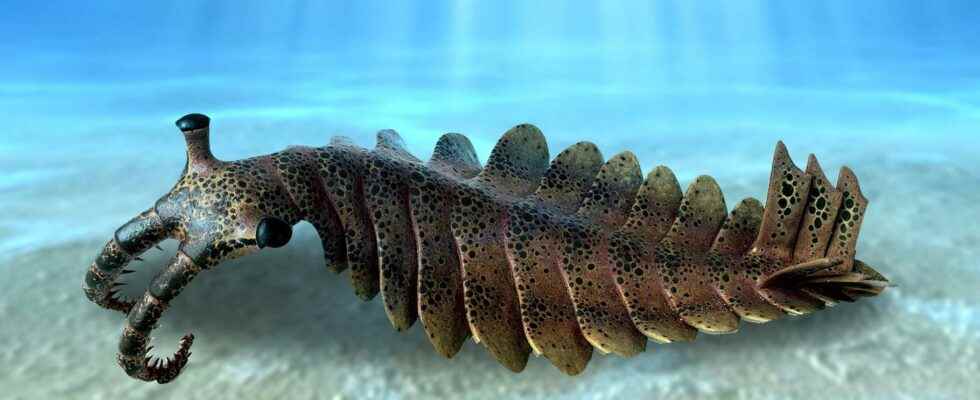You will also be interested
[EN VIDÉO] A billion years summarized in 40 seconds: plate tectonics Researchers have modeled the movements of tectonic plates over the past billion years.
the carbon cycle corresponds to the exchanges and interaction between the different reservoirs that store carbon : the biosphere (the wildlife and flora), the hydrosphere (oceans, seas, lakes and rivers), the lithosphere (soil) and theatmosphere. The study of this cycle provides important information such as variations in the concentration of oxygen and CO2 in the atmosphere and the oceans during the history of the Earth.
Once the carbon is trapped in the soil, the sediment will go deep down to coat through the process of subduction, taking the carbon with them. But the flux of subducted sediments has varied greatly over time and its impact on the carbon cycle in the mantle lithospheric is not yet clear.
Analysis of carbon in old rocks
Researchers from Switzerland, Australia, the United States and the Netherlands have come together to study the carbon cycle in the mantle and have published their results in the magazine Science Advances. To do this, they analyzed the relationship between theisotope 13 and 12 carbon (13C/12C) in kimberlite over 2 billion years. This rock records the compositions of the mantle – such as 13C/12C – and therefore makes it possible to quantify the carbon composition over time. A total of 161 samples were examined, coming from 69 different localities from all over the world.
The 13C/12C ratio changes over time, mainly as a function of the primary productivity and carbon burial. In nature, biological processes cause the lightest isotope (carbon-12) to be preferentially absorbed, so increasing primary productivity leads to a decrease in the 13C/12C ratio.
The research team observed that the 13C/12C of kimberlites before 250 million years old show values typical of the mantle, while younger kimberlites (after 250 million years old) show lower and more variable ratios. This variation in deeply buried carbon values can be attributed to the Cambrian explosion of about 550 million years ago, during which time there was a sudden appearance and great diversification of species animal, vegetable and bacterial.
Responsibility for the Cambrian Explosion
The hypothesis is that this increase in living things has led to an increase in the deposition – and therefore the subduction – of matter organic material then introducing isotopically light carbon into the mantle. The lag of about 300 million years between the Cambrian explosion and changes in the carbon isotopic geochemistry of the kimberlites would be the time needed, according to a modelization geodynamics, for subducted plates to reach the core-mantle boundary and return to the Earth’s surface via plume-related magmatism.
This demonstrates that biogeochemical processes occurring at the Earth’s surface have a significant influence on the mantle and this study argues that marine primary productivity has changed greatly over Earth’s history.
Interested in what you just read?
